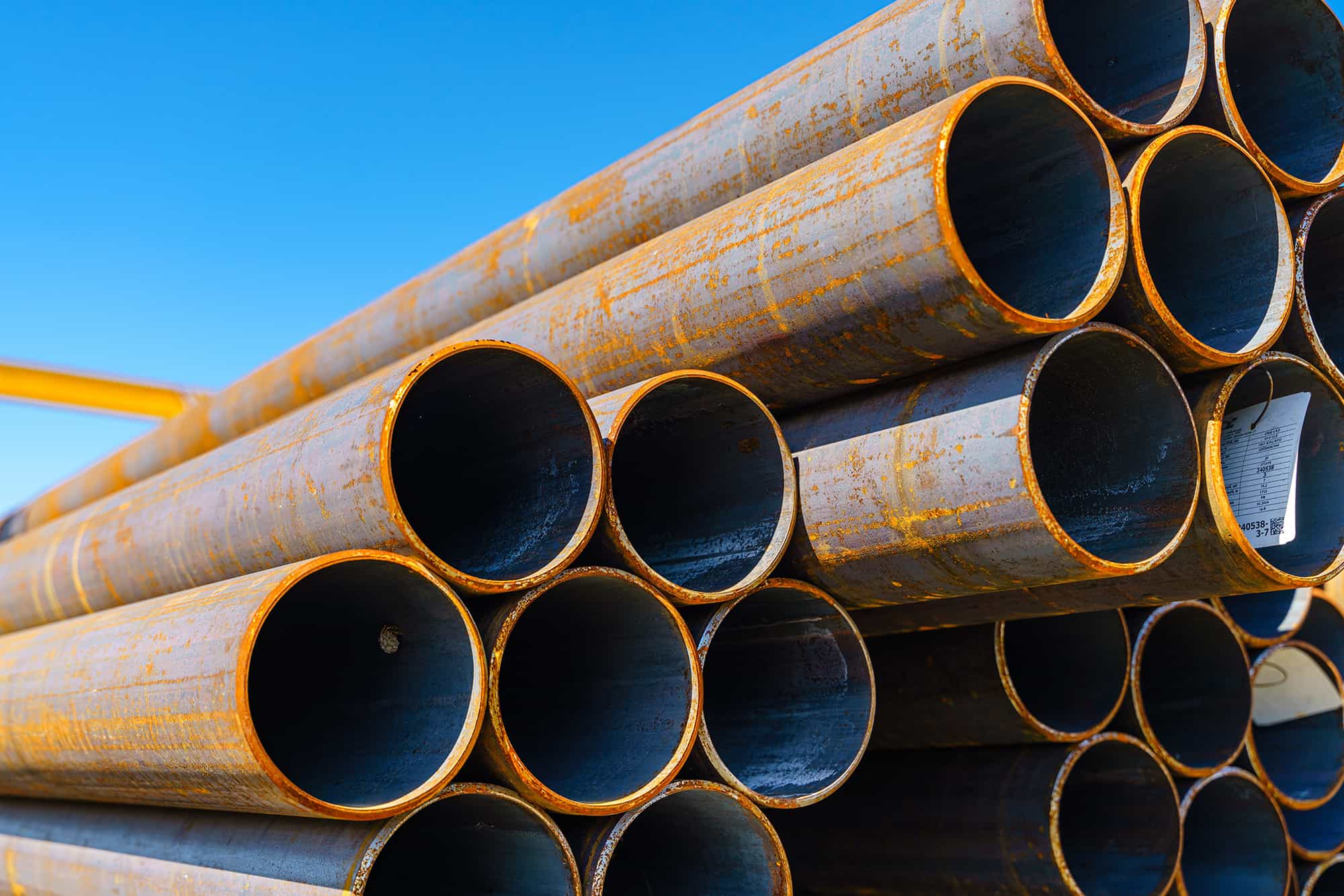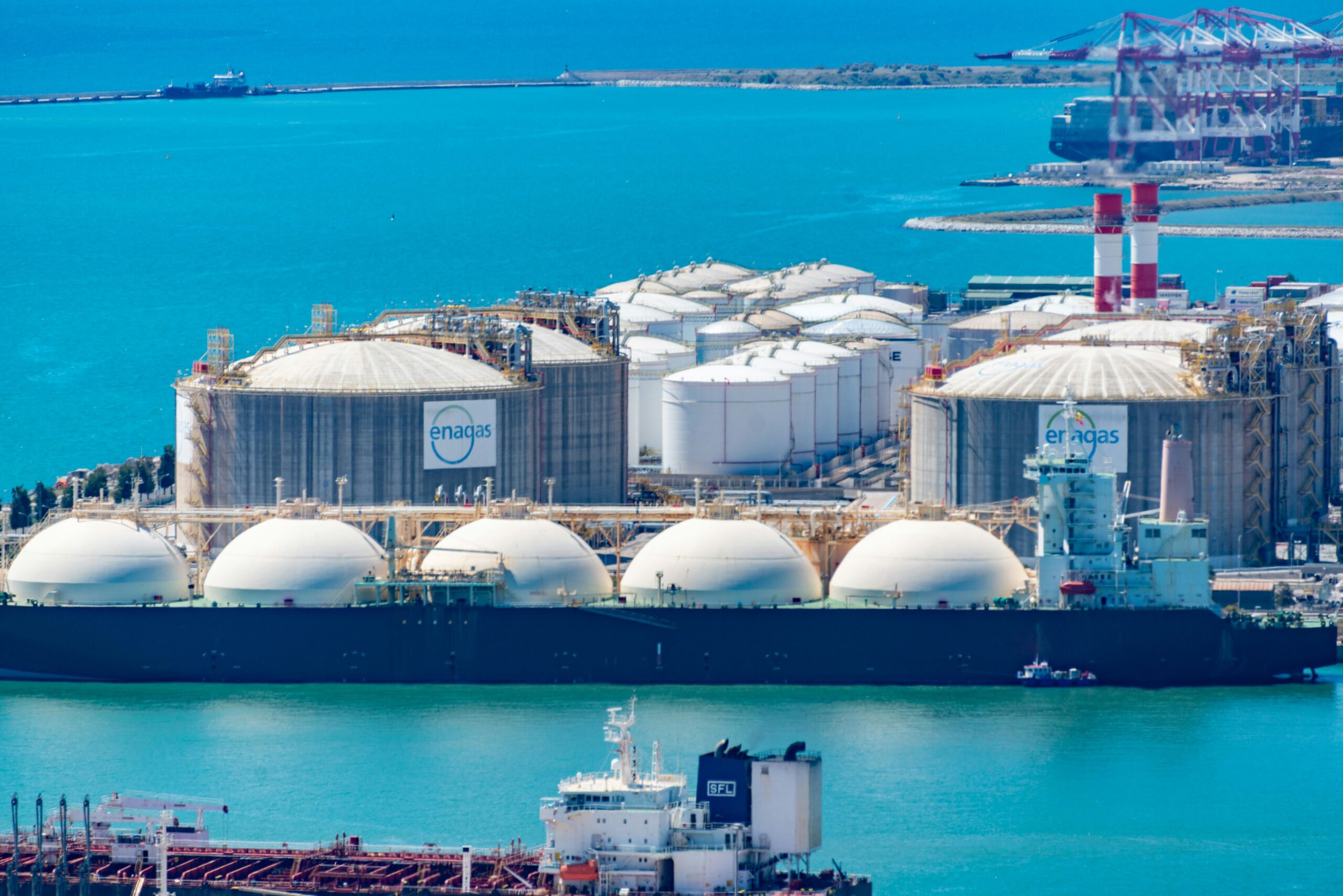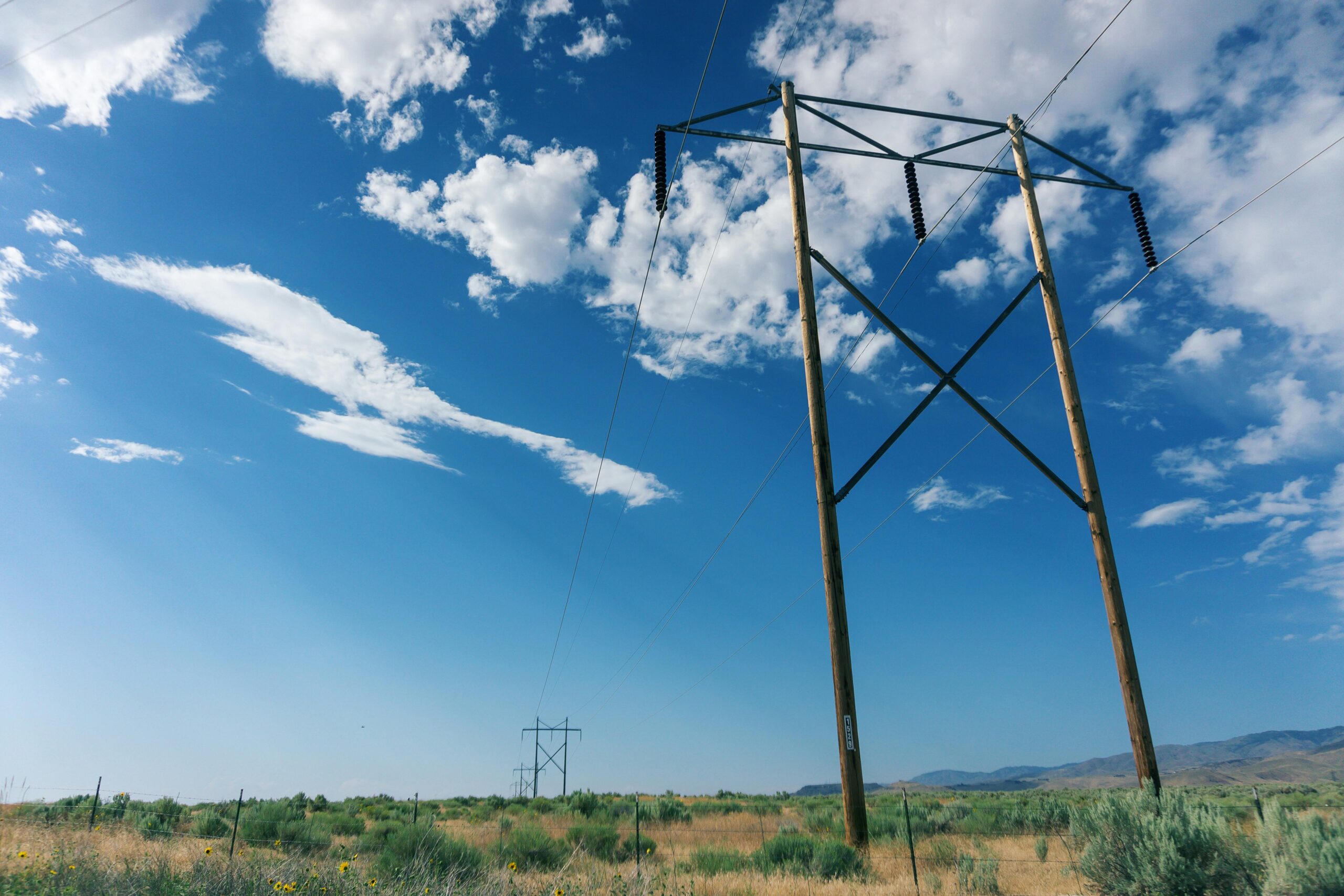
HIPPS vs Pressure Relief Devices: What’s the Difference?
Introduction
Pressure relief devices (PRDs) and high integrity pressure protection systems (HIPPS) are two types of safety systems that are used to protect equipment and personnel from overpressure scenarios in the oil and gas industry. However, they have different functions, advantages, and disadvantages. In this article, we will compare PRDs and HIPPS, and explain when and why they are used.
What are PRDs?
PRDs are devices that open automatically when the pressure in a system exceeds a predetermined set point. They allow the excess pressure to be vented or released to a lower pressure zone, such as the atmosphere or a flare system. PRDs are designed to prevent rupture or damage of the equipment or piping due to overpressure. Some examples of PRDs are pressure relief valves, safety relief valves, rupture disks, and pilot-operated relief valves.
What is HIPPS?
HIPPS are systems that isolate the source of high pressure from the downstream equipment or piping when the pressure in the system exceeds a predetermined set point. They consist of a pressure sensor, a logic solver, and one or more isolation valves. HIPPS are designed to prevent the exposure of the downstream equipment or piping to the high pressure, which may exceed their design pressure. HIPPS are considered as an alternative to PRDs when the conventional pressure relief methods are not feasible or economical.
Comparison of PRDs and HIPPS
- PRDs release the excess pressure to a lower pressure zone, while HIPPS isolate the source of high pressure from the downstream equipment or piping.
- PRDs require a disposal system to handle the released fluid, while HIPPS does not.
- PRDs may cause environmental issues, such as noise, emissions, or flaring, while HIPPS do not.
- PRDs may have a lower reliability and availability than HIPPS, due to the possibility of leakage, fouling, or failure to open.
- PRDs may have a lower initial cost than HIPPS but may have a higher operating and maintenance cost.
- PRDs are subject to the codes and standards for pressure relief devices, while HIPPS are subject to the codes and standards for safety instrumented systems.
Conclusion
If you need any assistance or guidance in your project, contact us at Rev1 Energy, your Commissioning and Project Experts. We have the experience, expertise, and resources to help you achieve your goals.

Lets get started
Discover how our commissioning software can transform your project management. Contact us today for a personalized consultation and demo!



